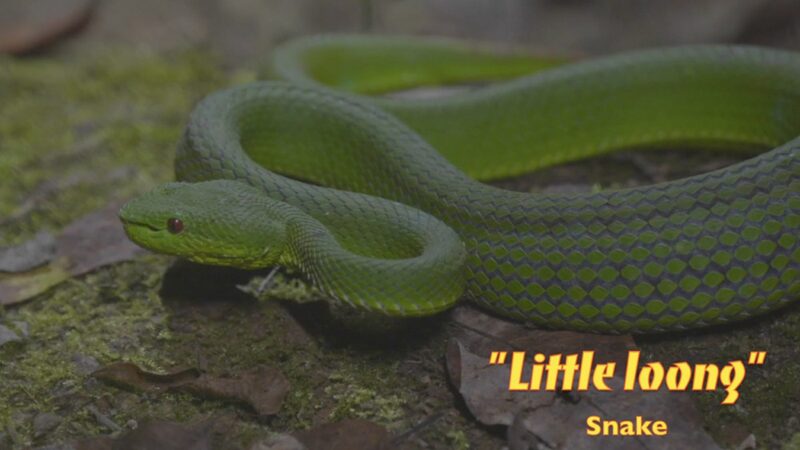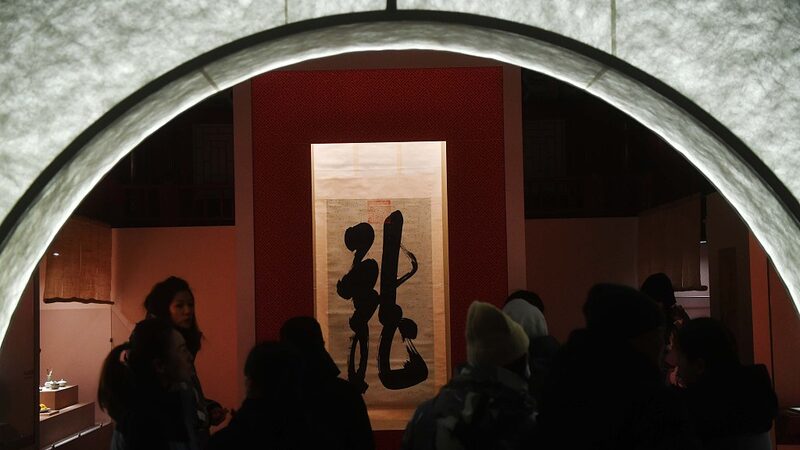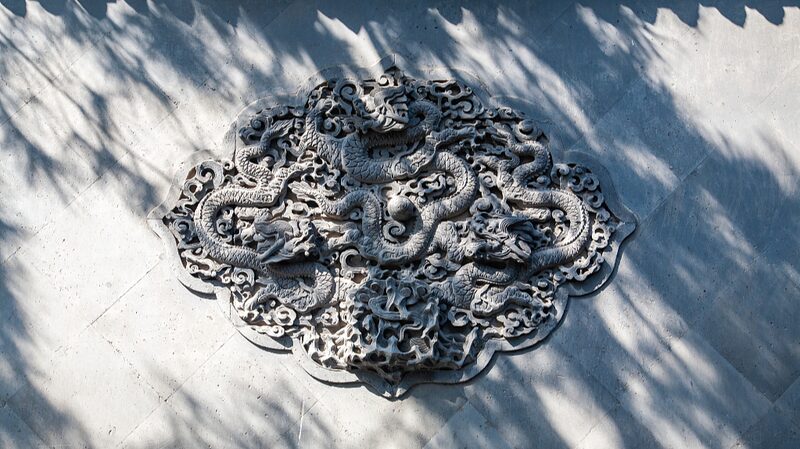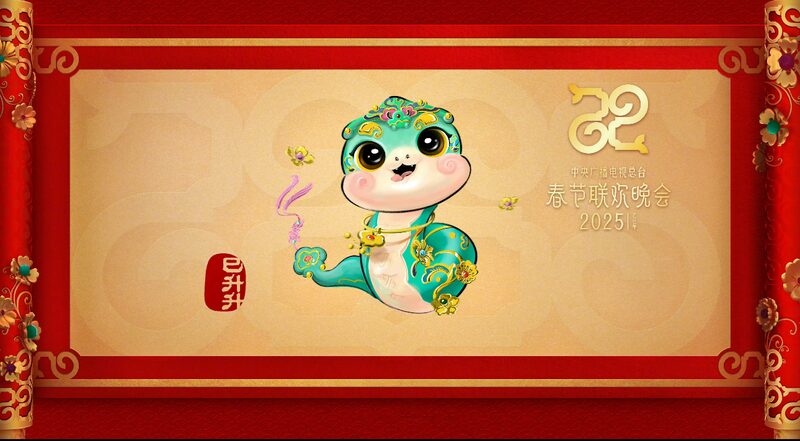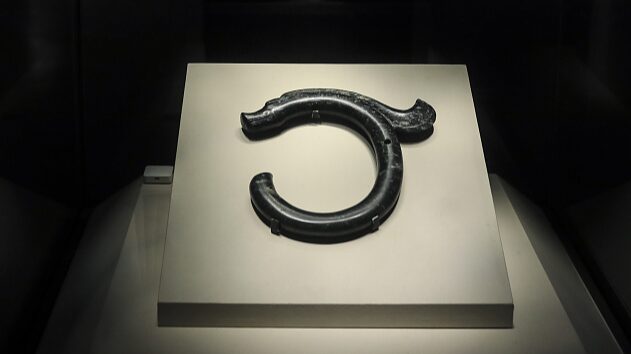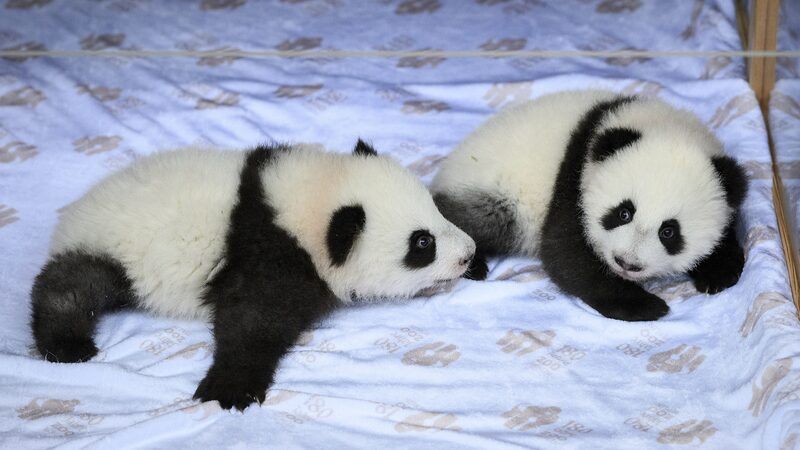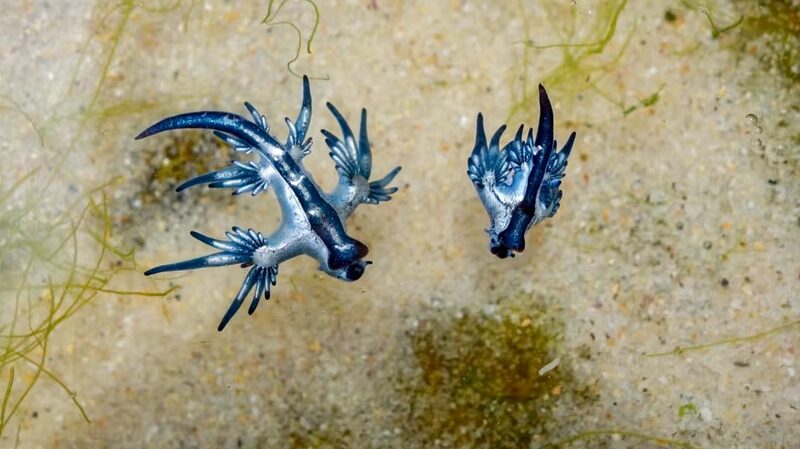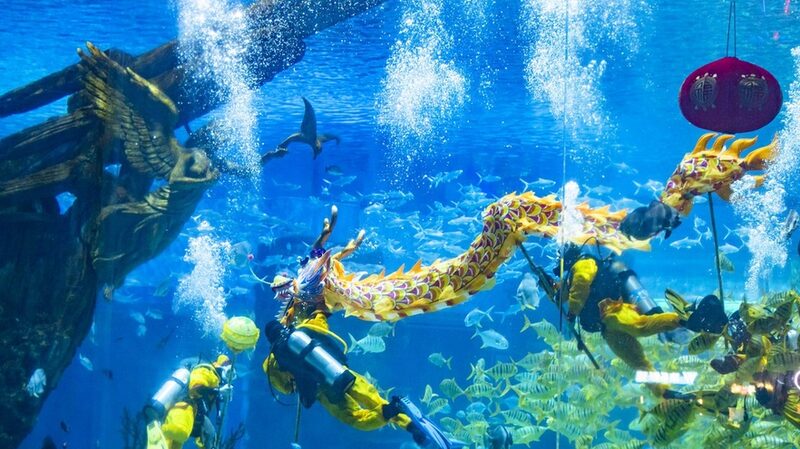Unveiling the ‘Loong’: The Animals Bearing the Dragon’s Name in Chinese
Animal names can be fascinating and sometimes confusing, especially when translated between languages. In Chinese, some animals have “loong”—the Chinese word for dragon—in their names. This might lead one to believe they are types of dragons, but there’s more to the story. As the Year of the Dragon approaches, let’s explore these creatures that share a connection with the mythical dragon and discover the reasons behind their names.
The Snake – The ‘Little Loong’
In Chinese culture, the snake is often referred to as the “little loong.” This nickname stems from the snake’s physical resemblance to the traditional depiction of Chinese dragons—elongated, serpentine bodies that move with grace and fluidity. The association also reflects the cultural significance of both creatures. While dragons symbolize power and prosperity, snakes are seen as their earthly counterparts, embodying wisdom and cunning.
The Seahorse – The ‘Sea Loong’
The seahorse is known as the “sea loong” in Chinese. Its unique appearance—with a horse-like head and a curled tail—evokes the image of dragons depicted in ancient legends. The seahorse’s habitat in the ocean further strengthens its connection to the dragon, often considered a ruler of water in Chinese mythology. This naming illustrates how myth and nature intertwine in language and symbolism.
The Crocodile – The ‘Dragon Below’
Crocodiles are sometimes called “earth loong” or “dragon below” due to their formidable presence and ancient lineage. Their powerful jaws and armored bodies resonate with the traditional attributes of dragons. In historical texts, crocodiles were creatures of awe and fear, much like dragons, and the shared nomenclature reflects the respect these animals command.
The Pangolin – The ‘Scaly Loong’
The pangolin’s name in Chinese includes “loong” because of its scaly armor and ability to curl into a ball, resembling the coiled form of a dragon. Despite its modest size, the pangolin holds a significant place in folklore and is associated with protection and resilience, traits often attributed to dragons as well.
The Eel – The ‘Water Loong’
Eels are referred to as “water loong” in Chinese, highlighting their elongated bodies and sinuous movements reminiscent of dragons swimming through water. This name underscores the importance of aquatic life in Chinese culture and how mythical concepts are used to describe and understand the natural world.
Cultural Significance and the Year of the Dragon
The use of “loong” in these animal names reflects the deep-rooted influence of dragons in Chinese culture. Dragons symbolize nobility, power, and good fortune. By associating real animals with the dragon, these creatures are elevated in status and imbued with mythological significance.
As the Year of the Dragon approaches, understanding these linguistic and cultural connections enhances our appreciation of both the language and the rich tapestry of mythology in Asia. It also offers insight for global readers, business professionals, academics, and travelers interested in the intersection of language, culture, and tradition in the Asian context.
Reference(s):
cgtn.com
